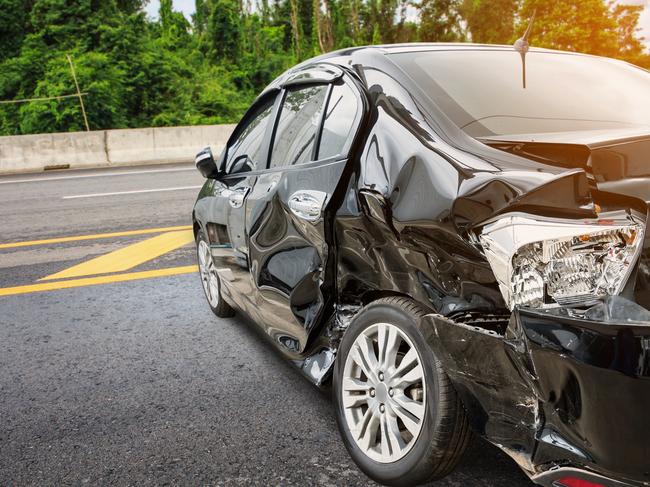Adolescents aged 10 to 24 are more likely to die from transport-related injuries, finds new research
One thing is more likely to kill adolescents aged 10 to 24 more than any disease or self-harm, groundbreaking Aussie research has found. See the results.
National
Don't miss out on the headlines from National. Followed categories will be added to My News.
Car crashes and traffic-related injuries are the biggest killers of young people worldwide, according to groundbreaking research by the University of NSW.
The study shows adolescents aged from 10 to 24 are more likely to die from transport-related injuries than from diseases or self-harm.
Published in The Lancet Public Health on Thursday, the findings are the first of their kind and focus on transport and unintended injury-related disease and death of young people.
In 2019 alone, there were 214,337 deaths and 16.2 million injuries among adolescents aged 10–24 years.
“We’ve seen a high increase in the absolute number of injury-related deaths... specifically in low and low-middle income countries. It indicates neglect for a growing population at risk of injury,” said Dr Amy Peden, lead author and research fellow with the School of Population Health at UNSW Medicine & Health.
Dr Peden said young people are particularly vulnerable because of their increasing independence and risk-taking tendencies, but there has been little research to date that has examined injury patterns in this age group.
“Despite being the leading cause of death in adolescents globally, it’s been relatively neglected when you consider the strong action on other non-injury causes of death among adolescents,” Dr Peden says.

Researchers including Dr Patricia Cullen, Dr Holger Möller and Professor Rebecca Ivers from the School of Population Health at UNSW used data from the Global Burden of Disease 2019 Study and analysed deaths and unintentional disability injuries in adolescents across 204 countries in the past 30 years for their report.
It showed reductions in transport injury and death rates in high-income countries have slowed in the past 10 years.
They dropped just 1.7 per cent a year between 2010 and 2019 compared to the fall of 2.4 per cent a year between 1990 and 2010.
“In high-income countries like Australia, there’s been a real decline in progress. In the past 10 years, we’ve seen reductions in rates of road transport injury essentially stall, showing a lack of attention to the issue,” Dr Peden says.


The prevention of road traffic injury is still not very well resourced compared to other causes of death of adolescents. So, the findings show a lack of investment in the issue from the global health community,” Dr Peden says.
The research recommends promoting transport infrastructure to prioritise alternative travel options and designing streets focusing on the road safety needs of children and adolescents.
“There are simple, affordable and proven interventions to reduce road traffic injuries that are not being applied or enforced,” Dr Peden says.
“Now is the time to step up global action on road safety and renew our efforts to safeguard adolescents from preventable injury.”
The release of the report comes as the United Nations General Assembly is convening a high-level meeting on improving global road safety this month.
Professor Ivers said there are already ambitious targets set out by the World Health Organisation aimed at preventing at least half of all road deaths and injuries by 2030 but what is needed is the political will for change.
The next stage of the research will investigate the economic case for governments to invest in injury prevention for adolescents and policy changes worldwide.
Originally published as Adolescents aged 10 to 24 are more likely to die from transport-related injuries, finds new research





